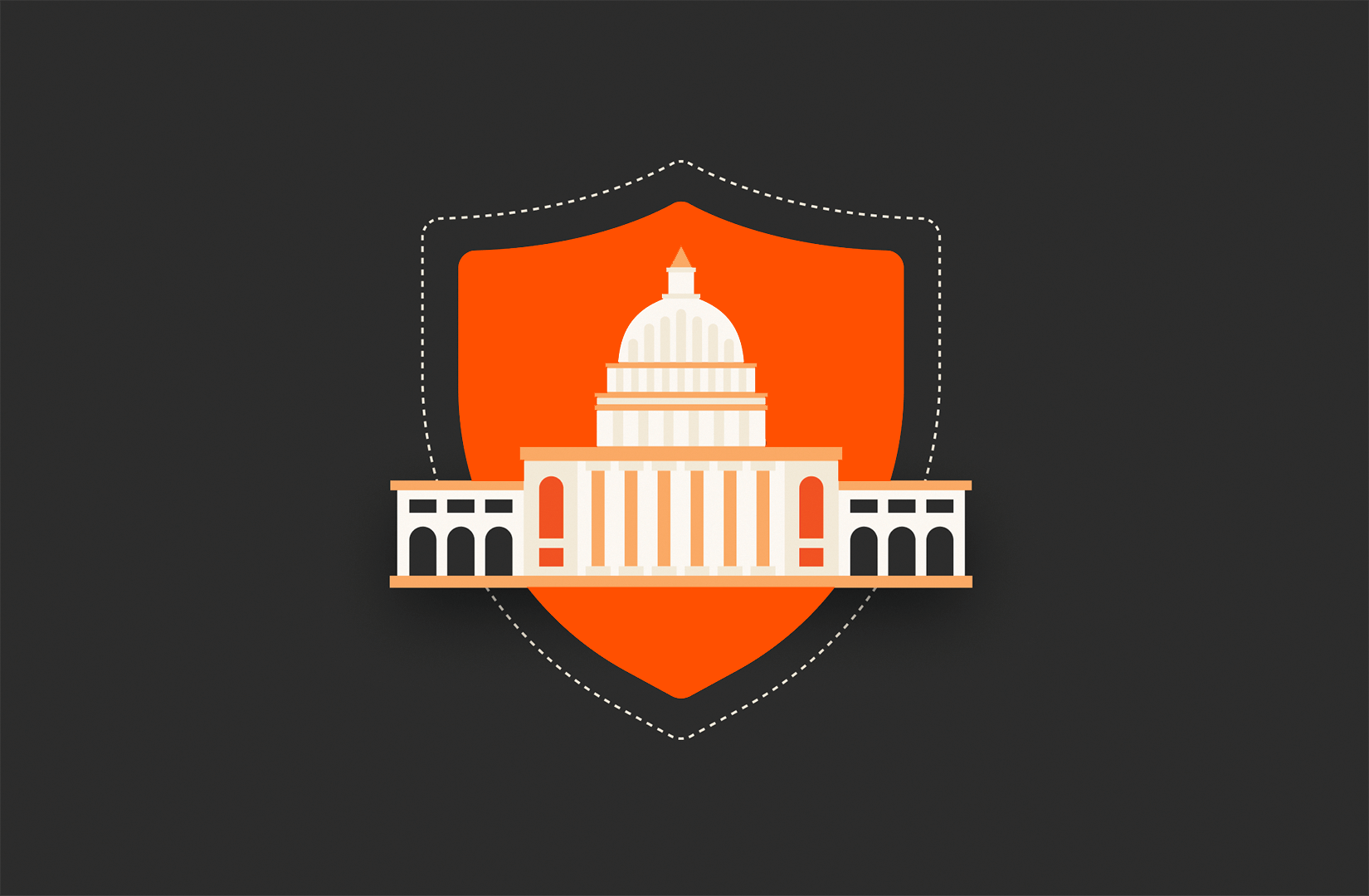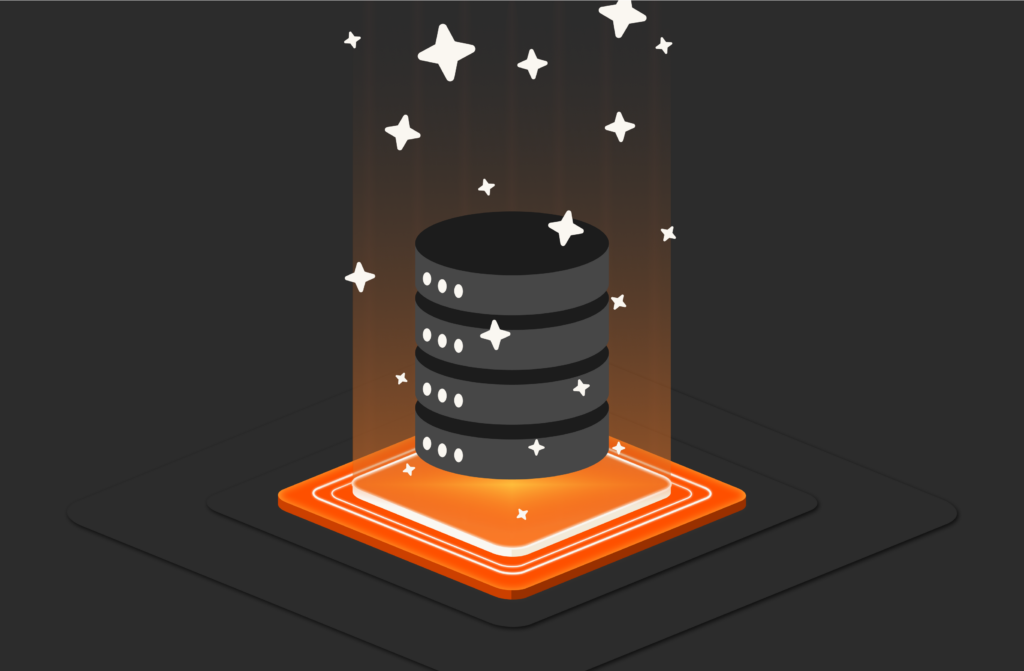Summary
Bad actors are targeting critical infrastructure in an attempt to disrupt services citizens rely on. As these threats increase and evolve, state and local governments need to evolve their cybersecurity strategies. Pure Storage solutions can help agencies protect critical infrastructure and get back on their feet quickly after an attack.
From turning on the lights and running the faucet to commuting to work, Americans have an expectation that there will always be power, clean water, transportation and communication services, and other critical infrastructure systems that are essential to society. These services ensure the security, safety, health, and well-being of citizens.
Cybersecurity threats to critical infrastructure are one of the most significant strategic risks to the continued operation of these fundamental services. State and local government agencies responsible for maintaining critical infrastructure know that keeping these systems operating smoothly and continuously is no easy task. Critical infrastructure is increasingly becoming a favorite target for cybercriminals looking to exploit the vital services citizens rely on.
The Cybersecurity and Infrastructure Security Agency (CISA) recently released additional guidance on how state and local governments can improve the security and resilience of the nation’s critical infrastructure, which is comprised of 16 industry sectors including, among others, defense, energy, agriculture and maritime industries, transportation, and water treatment facilities. All of these sectors have been increasingly targeted by cyberattacks from foreign adversaries.
Escalating Cyber Threats: Challenges in Protecting Critical Infrastructure
With the rise of cyber threats, protecting critical infrastructure has become increasingly challenging for state and local government agencies—and the threat is growing. Cyber attacks on critical infrastructure have risen 70% in recent years. Over the past year alone, global critical infrastructure has been under relentless attack. There were over 420 million attacks from January to December 2023, averaging 13 attacks per second, a 30% increase from the previous year. Of the 2,825 ransomware attacks reported to the FBI last year, 1,193 targeted critical infrastructure organizations. According to a recent report, the median recovery costs for the energy and water critical infrastructure sectors quadrupled to $3 million over the past year.
Building Data Protection into Government Cyber Defense
Data protection is an essential component of any cyber defense and mitigation plan and should be viewed as more than just creating a backup as an insurance policy against an attack. Backups should be the last line of defense. Many backups just aren’t fast enough to get critical services up and running after a total shutdown. That’s why governments need to take a serious look at next-generation backup solutions—implementing architectures that can help them address every angle, mitigate every risk, and give them every chance to recover as quickly as possible. Modern data protection is resilient, fast, simple, and cost-effective, and can be established across platforms and technologies to deliver efficient protection of critical data and applications, with fast restores.
Pure Storage works with leading data protection partners to deliver solutions that support government entities before, during, and after an attack. Backup, replication, snapshot management, and other data protection features are integrated with both Pure Storage® FlashArray™ and FlashBlade®.
Bad Actors Are Going After Backups
According to a recent survey, 98% of energy, oil/gas, and utilities organizations targeted by ransomware last year reported attempts to compromise their backups. Of these, four in five (79%) were successful, representing the highest rate across all sectors and leading to significantly worse outcomes compared to those whose backups remained secure. Ransom demands were, on average, more than double that of those whose backups weren’t impacted. The same survey revealed that 55% of ransomware victims in these sectors now require more than a month to recover, and the median overall recovery costs were four times higher for those with compromised backups compared to those without ($3,000,000 vs. $750,000).
While these statistics are alarming, agencies can protect their data and defend against attacks from cyber criminals with unbeatable protection delivered by Pure Storage SafeMode™.

BUYER’S GUIDE, 12 PAGES
Your Complete Cyber
Resilience Buyer’s Guide
Experience Peace of Mind with Pure Storage SafeMode Snapshots
How would an attack be different if you were protected by SafeMode Snapshots?
SafeMode Snapshots secure backup data and metadata—ensuring ransomware can’t eradicate, modify, or encrypt data. Even if admin credentials are compromised, SafeMode ensures your data remains secure, unaltered, and unencrypted. While an intruder might gain access and encrypt your data, they won’t be able to delete your SafeMode Snapshots—they’re locked and protected. Your operations will face minimal to no interruption, and you can forget about paying any ransom. In short, you maintain control over your data, not the intruder.
Setting up and maintaining SafeMode is a breeze. Our cloud-based tool, Pure1®, assesses your environment’s vulnerabilities, highlighting exposure points and providing steps to remediate weaknesses, so you’re always prepared.
What’s more, SafeMode functionality is seamlessly integrated into Pure Storage products. There’s no complicated setup, no need for professional services, and no compromises—just robust, built-in protection for your data.
Cyber Recovery, Guaranteed
At Pure Storage, we recognize the vital importance of data integrity and availability in today’s ever-evolving and unpredictable environment. To address these critical needs, Pure Storage has expanded our first-of-its-kind ransomware recovery SLA for Evergreen//One™ to include both ransomware and general disaster recovery scenarios, ensuring robust protection and swift recovery. The Cyber Recovery and Resilience SLA guarantees a clean storage environment for agencies after an attack, includes a comprehensive recovery plan, a data transfer rate, and bundled professional services.
Covering You before, during, and after a Critical Infrastructure Attack
The Cyber Recovery and Resilience SLA not only covers you after an event—Pure Storage also has your back before and during an attack. That means offering protection, detection, response, and recovery. This SLA, coupled with our latest AIOps innovations, is part of our broader strategy to deliver to agencies a full, modern resiliency architecture—data storage and services that account for security from every angle. Prevention only goes so far, and remember, backups aren’t always enough—or fast enough.
Looking Ahead: Future-ready Data Protection
As critical infrastructure threats evolve, so must cybersecurity strategies. By embracing modern data protection practices, state and local governments can enhance their resilience against cyber threats and uphold the reliability of critical infrastructure services. Your bottom line is minimizing the damage done and getting up and running quickly after an attack—and Pure Storage is here to help.
Find out more about Pure Storage data storage solutions.
Learn how the City of New Orleans got back online quickly and securely following a ransomware attack.
Learn more about the Evergreen//One STaaS Cyber Recovery and Resilience SLA.
Read more about resiliency architectures and how to build one.
Explore Pure Storage solutions for state and local governments.
Sleep Better
Learn more about how an SLA-driven, storage-as-a-service subscription can help your agency.







